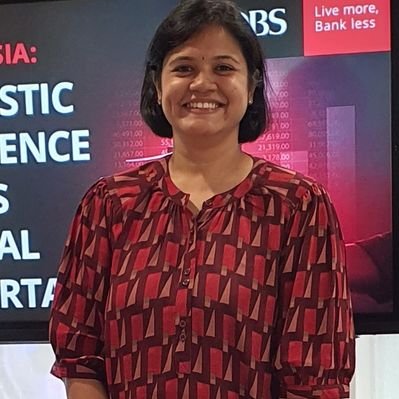Looking ahead, the government has signalled a continued reduction in both deficit and debt levels

FinTech BizNews Service
Mumbai, July 23, 2024: Radhika Rao, Executive Director and Senior Economist, DBS Bank has appreciated the Union Budget 2024-25 presented in Parliament today by the Union Minister of Finance and Corporate Affairs Smt. Nirmala Sitharaman.
Budget Estimates 2024-25:
The budget has Prime Minister’s Package of 5 Schemes and Initiatives for employment, skilling and other opportunities for 4.1 crore youth over a 5-year period.
Inclusive Human Resource Development and Social Justice
Purvodaya
Andhra Pradesh Reorganization Act
Women-led development
Pradhan Mantri Janjatiya Unnat Gram Abhiyan
Radhika Rao describes the budgetary provisions: “Faced by a trade-off between fiscal consolidation and expectations for measures to boost demand, the FY25 Budget struck a fine balance by continuing to consolidate finances while also tackling social sector demands, with a focus on saving over spending. The strong revenue handover from the prior year was evenly split between tightening the fiscal deficit target by a further 20bp to -4.9% of GDP vs the interim budget and rest towards the increase in revenue spending. Nominal GDP forecast was maintained with conservative tax buoyancy assumptions, leaving the room for additional revenue cushion.
The budget also focuses on structural improvements, including efforts to boost job creation and skills development, promoting exports through adjustments in import tariffs, and making direct tax changes such as reducing corporate tax for foreign firms and increasing capital gains tax as a cautious preventative measure. Overall, Budget measures were focused on incremental steps towards taking the economy towards the Viksit Bharat 2047 goalpost of reaching a ‘Developed India’ status.
Additionally, fiscal consolidation and macroeconomic prudence were prioritised, tightening the FY25 fiscal deficit by a cumulative 70bp to -4.9% of GDP (vs interim -5.1%) compared to -5.6% of GDP in FY24, aiming to consolidate finances without imparting a negative impulse to growth and demand. This aims to consolidate finances while avoiding a negative impact on growth and demand. The revenue from the RBI’s surplus transfer and robust direct tax collections was allocated between reducing the fiscal deficit and increasing revenue expenditure. Looking ahead, the government has signaled a continued reduction in both deficit and debt levels, aiming for around -4.5% of GDP by FY26. This adjustment in the fiscal stance is expected to lead to better expenditure quality and reduced borrowing costs due to lower yields.”